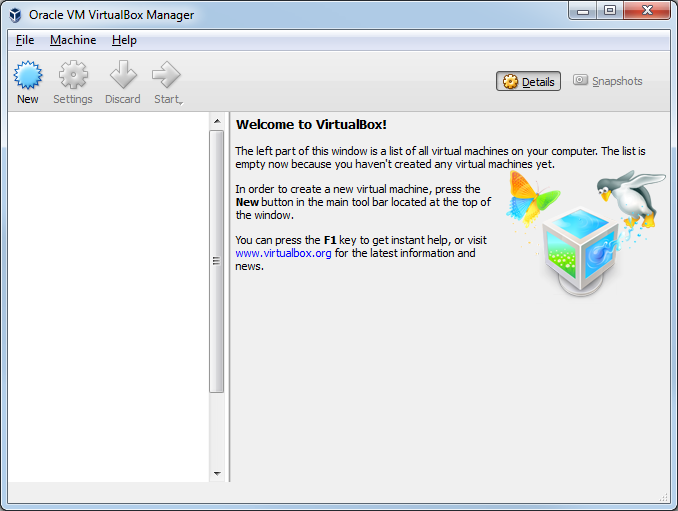Can't Build Qt 5.1 Crosscompiling Android For Mac
I have written a C++ application that uses the Qt framework. I would like to make this application available on different platforms. Since I use Linux, I have no problems compiling the code for Linux. The questions is: Can I compile my code in such a way that it will run on Windows, Mac, etc.?
As said above, I'm working on a Linux machine and can't possibly install all the different platforms out there. If it is possible, what steps are required (in simple terms)? If there is any documentation on this topic, I'm happy to read anything - please just point me in the right direction.
To try and keep matters simple, I downloaded qt-opensource-windows-x86-android-5.3.2.exe and installed that on my Windows 7 (64-bit) system. My belief is that this Qt install is the same version as the Qt on the Pi-2 and already contains the ARM7 library files required for cross-compiling. Adding -android-ndk-platform android-19 (android-19 being an installed platforms in you android-ndk/platforms folder) solved this issue for me. It seems the default ndk-platform used is no longer supplied with current editions of the android ndk for mac o.
Need for speed most wanted full version free download - Need for Speed Most Wanted, Need for Speed Most Wanted, Need for Speed Most Wanted, and many more programs. Need for speed most wanted. Need for Speed: Most Wanted (NFS: MW) is an 2012 open-world racing video game, developed by British games developer Criterion Games and published by Electronic Free Games Aim a place where gamers download full version free games for Mac & PC. Need for Speed Most Wanted is re-freshed version of the most popular racing title ever created by Electronic Arts. NFS Most Wanted from 2005 was very successful and no wonder developers from Electronic Arts wanted to carry on the tradition. Need for speed most wanted free download full version for mac.
Configure is a command-line tool which determines how to build Qt for a particular platform. Configure can exclude a feature in Qt as well as determine how Qt builds and deploys applications onto host platforms.

This page discusses some of the configure options, but for the full list of options, enter the command configure -h. Configure should be run from the main Qt source directory. Unless stated otherwise, the commands in this page are for the Linux platforms. On macOS and on Windows, the PATH and directory structure are different, therefore the commands will vary. Also, on Windows systems, the configure script is called configure.bat. After running configure, build the sources with the make tool belonging to the chosen toolchain. Source, Build, and Install Directories The source directory contains the source code that is obtained from the source package or git repository.
Canon lbp 1120 printer driver for mac. The build directory is where the build-related files such as Makefiles, object files, and other intermediate files are stored. The install directory is where the binaries and libraries are installed, for use either by the system or by the application. It is recommended to keep these directories separate by shadow-building and using the -prefix option. This enables you to keep the Qt source tree clean from the build artifacts and binaries, which are stored in a separate directory. This method is very convenient if you want to have multiple builds from the same source tree, but for different configurations. To shadow-build, run configure from a separate directory. Make make install Note: The 'make install' step is required only if Qt is configured with a -prefix, which is the default on Unix-based platforms unless the -developer-build configure option is used.
On Windows, Qt is configured as a non-prefix build by default. Note: The -developer-build is meant for developing Qt and not for shipping applications. Such a build contains more exported symbols than a standard build and compiles with a higher warning level. Modules and Features Qt consists of different whose sources can be found in different directories inside the top-level source directory.
Users can explicitly exclude specific top-level directories to limit build times. Furthermore, each Qt module might have features that can also be explicitly enabled or disabled. Excluding Qt Modules Configure's -skip option allows top-level source directories to be excluded from the Qt build. Note that many directories contain multiple Qt modules.
For example, to exclude Qt NFC and Qt Bluetooth from the Qt build, provide -skip qtconnectivity as the argument to configure. /configure -no -feature -accessibility Use configure -list-features to show a list of all available features on the command line. Note that features can depend on other features, so disabling a feature might have side-effects on other features. The that is part of allows the tweaking of features and dependencies through a convenient user interface. Third-Party Libraries The Qt source packages include third-party libraries.
Comments are closed.